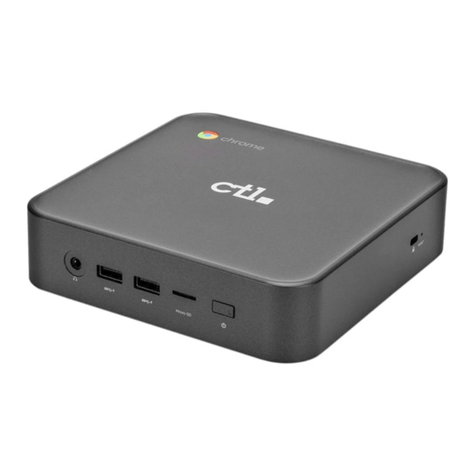
Table of Contents
VoiceSupport LX - Adding D/4PCIUF Port Cards i
Table of Contents
Introduction.......................................................................................................................................... 1
Tools and Materials Required.......................................................................................................... 1
Summary of Steps for Installing D/4PCIUF Cards........................................................................... 1
Installing the D/4PCIUF Port Card...................................................................................................... 2
Card Slot Layout.............................................................................................................................. 2
D/4PCIUF Port Card........................................................................................................................ 3
Removing the Cover........................................................................................................................ 4
Installing the Card............................................................................................................................ 5
Installing the Feature File ................................................................................................................... 6
To view a list of installed Feature Files............................................................................................6
To obtain the port expansion Feature File.......................................................................................6
To add the port expansion Feature File to the list............................................................................7
To view, download, or delete the feature File..................................................................................7
Configuring the System ......................................................................................................................8
To configure the number of ports.....................................................................................................8
To view and customize Port Options ............................................................................................... 9
Backing Up the Feature Files ........................................................................................................... 11
To perfrom the Local Backup procedure........................................................................................11




























